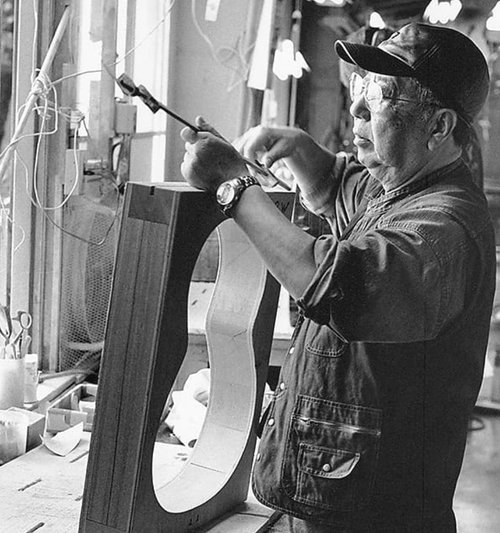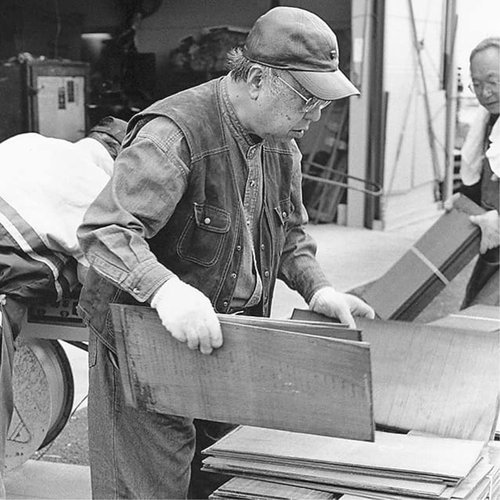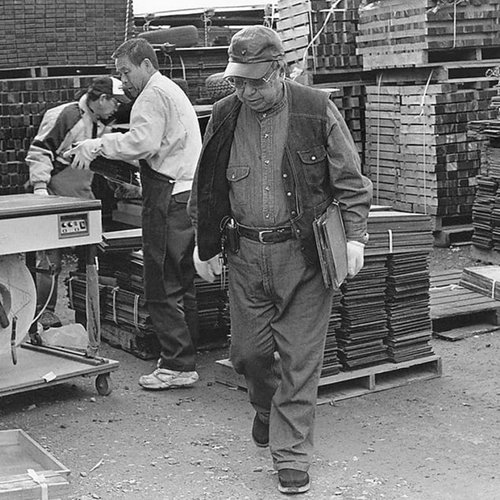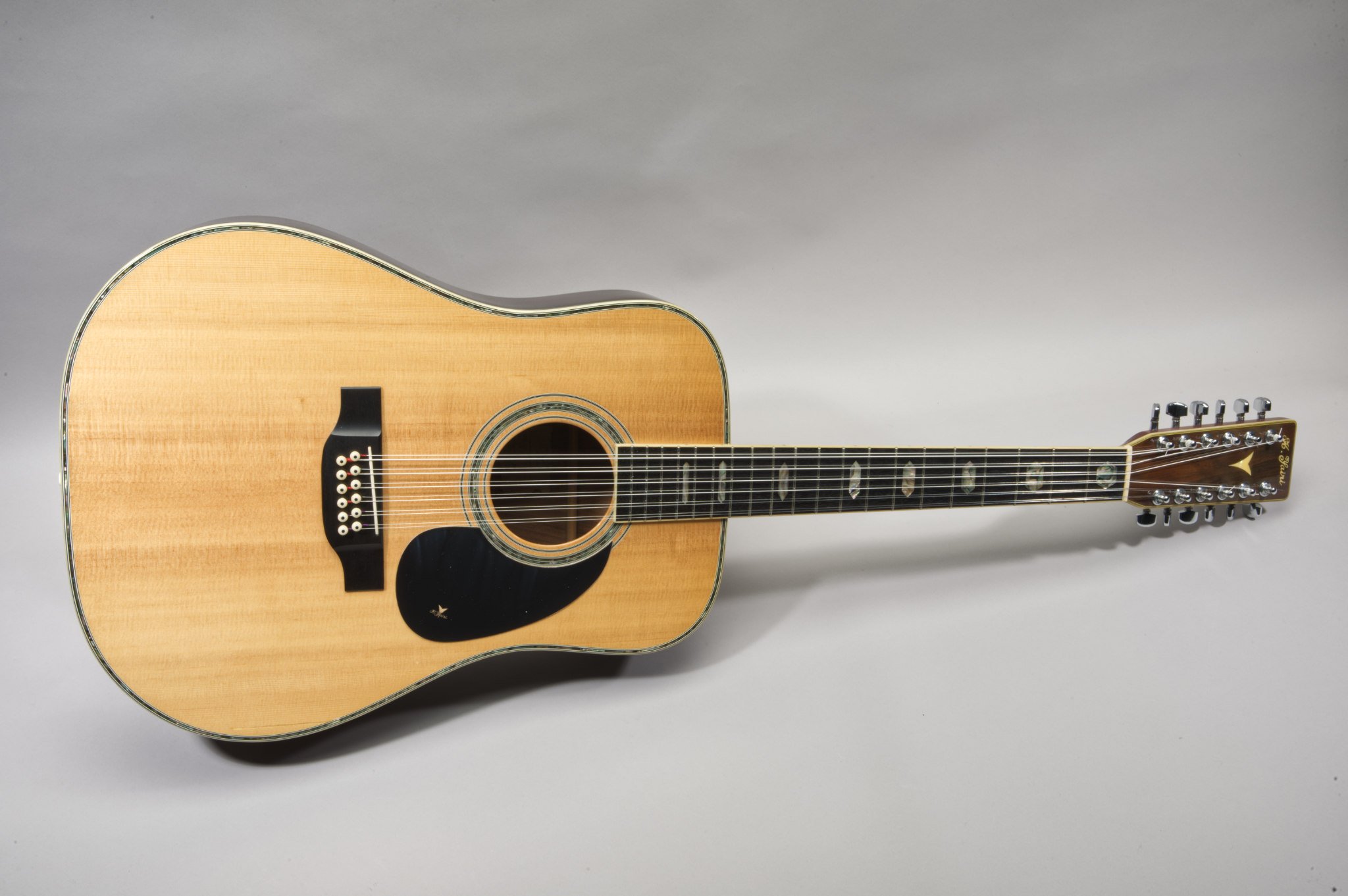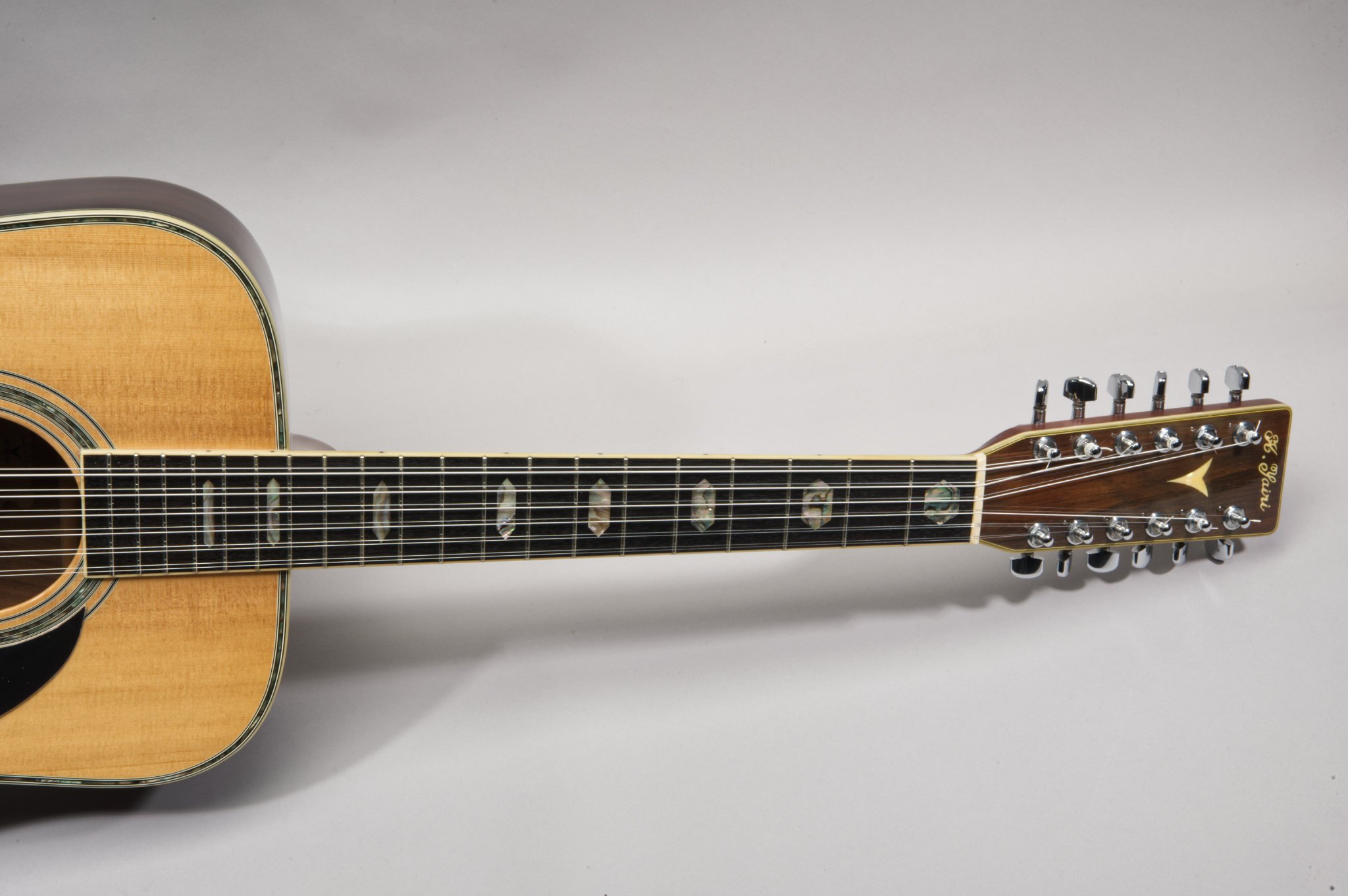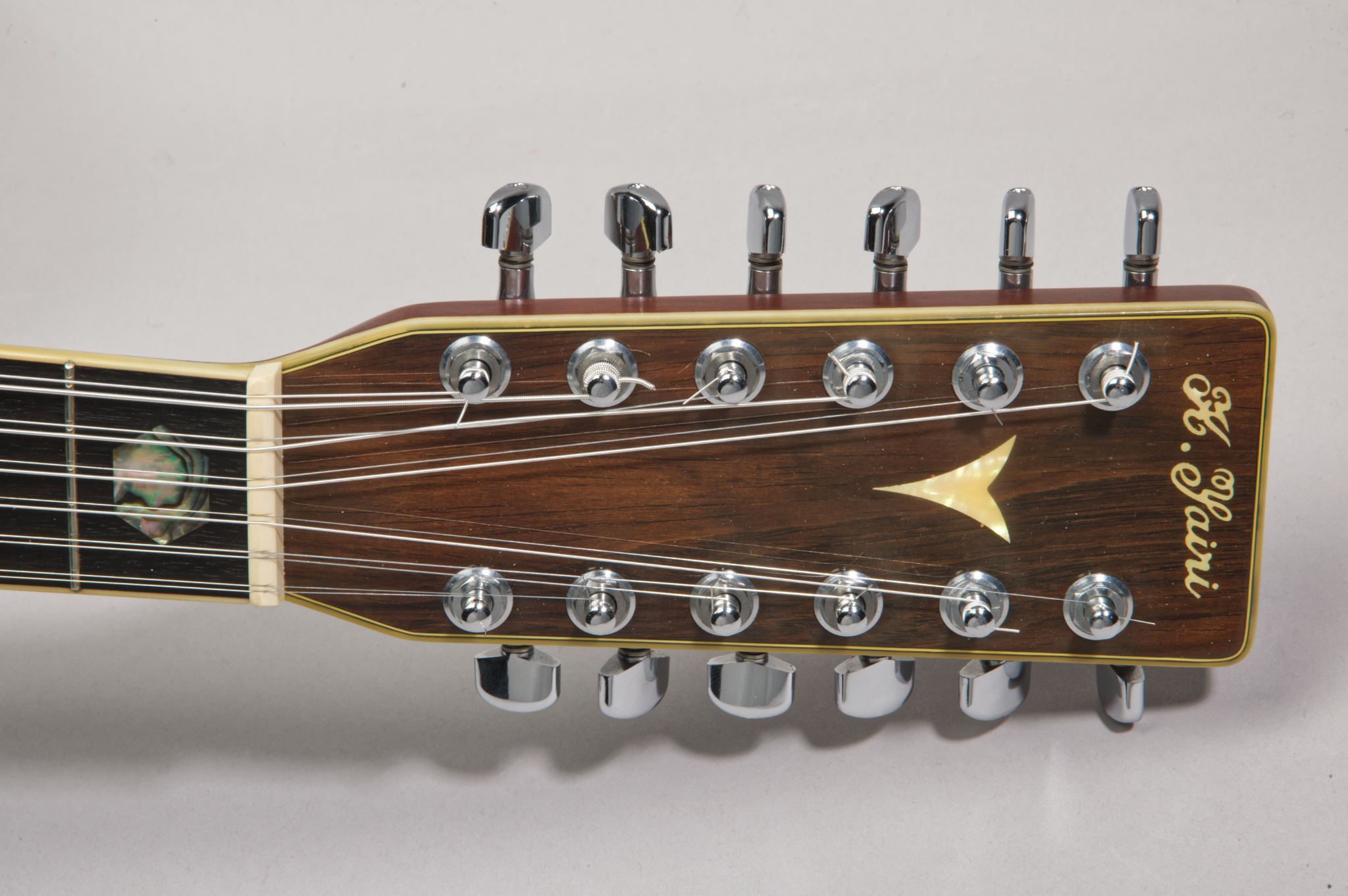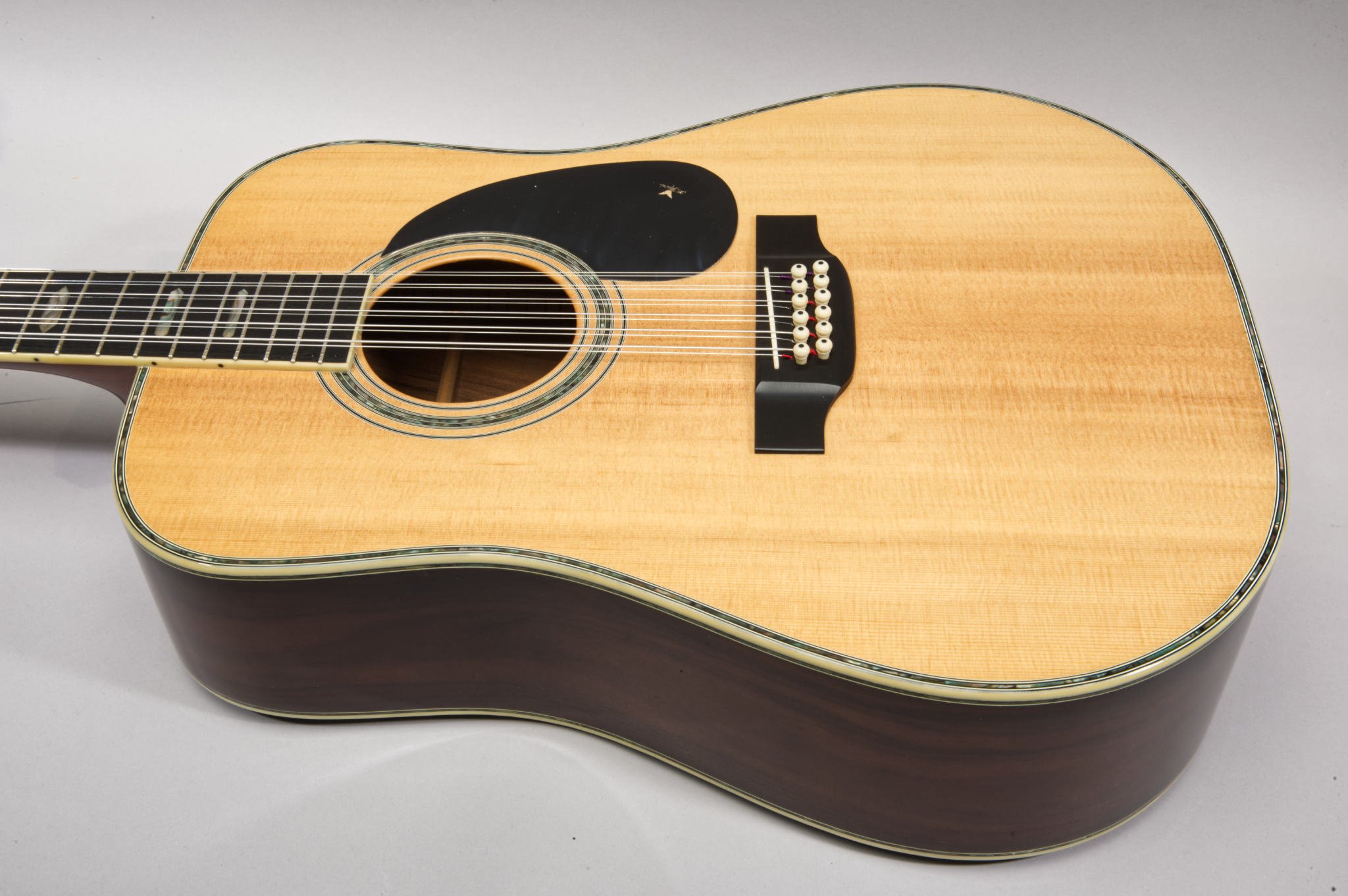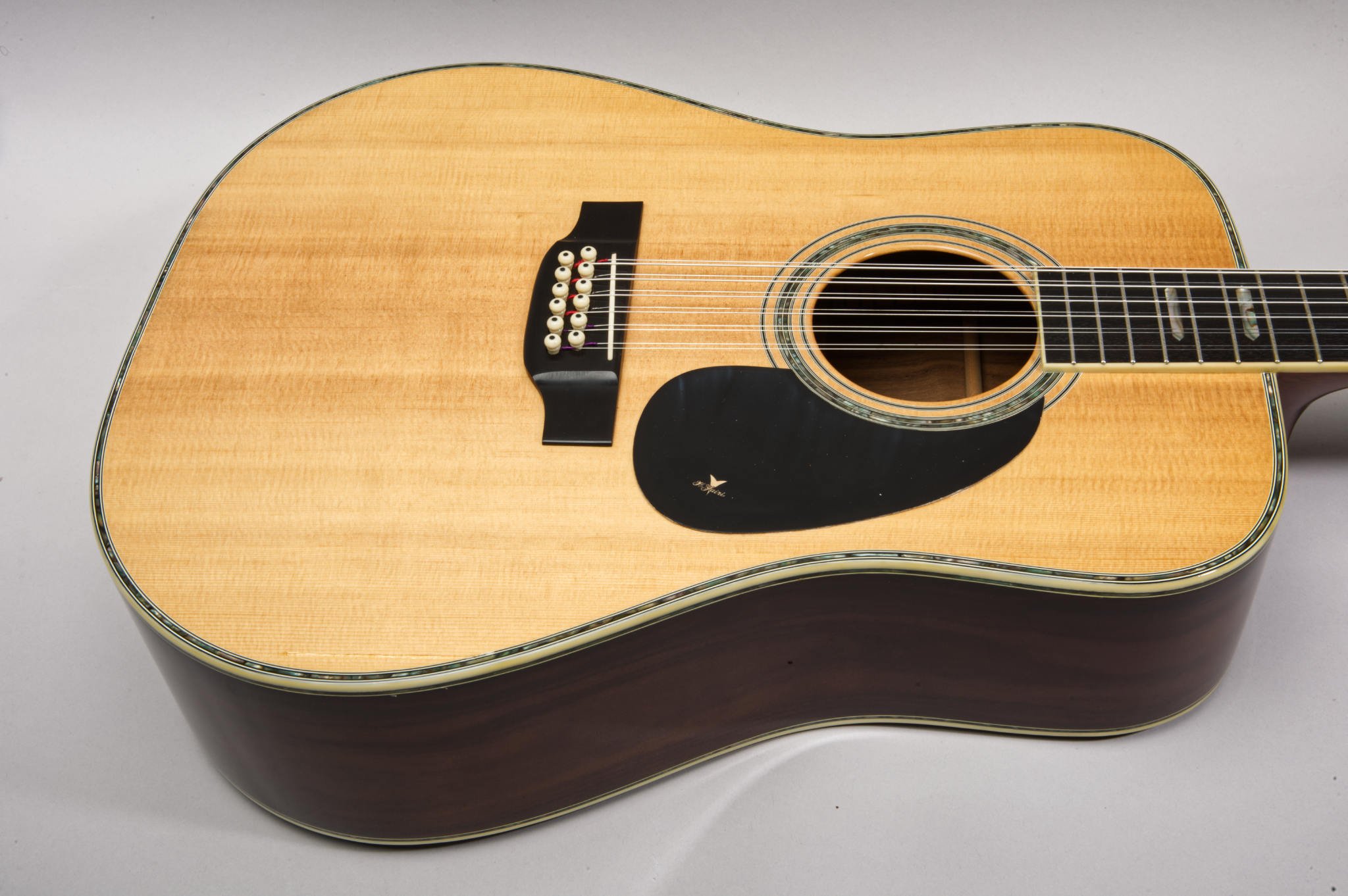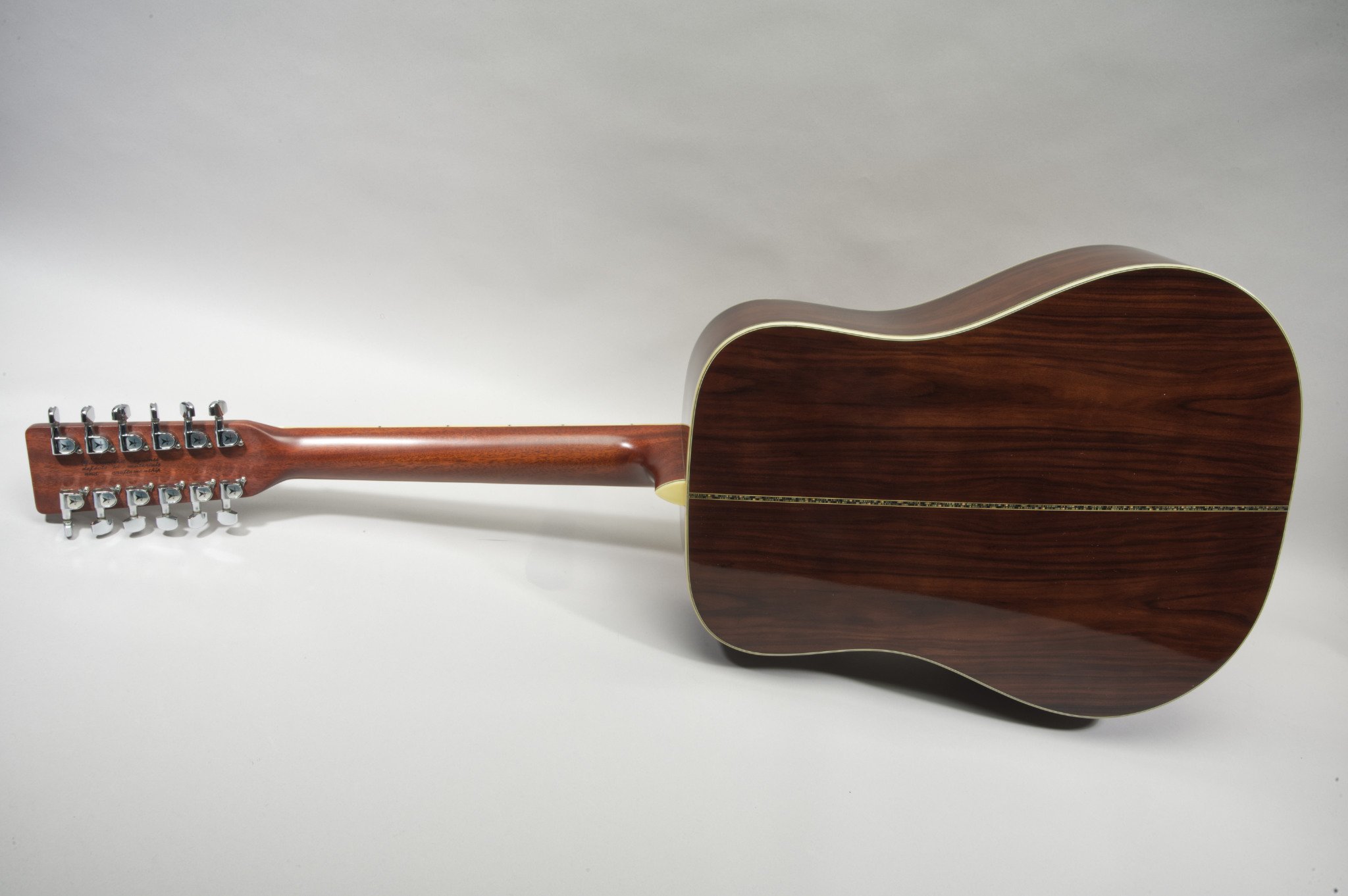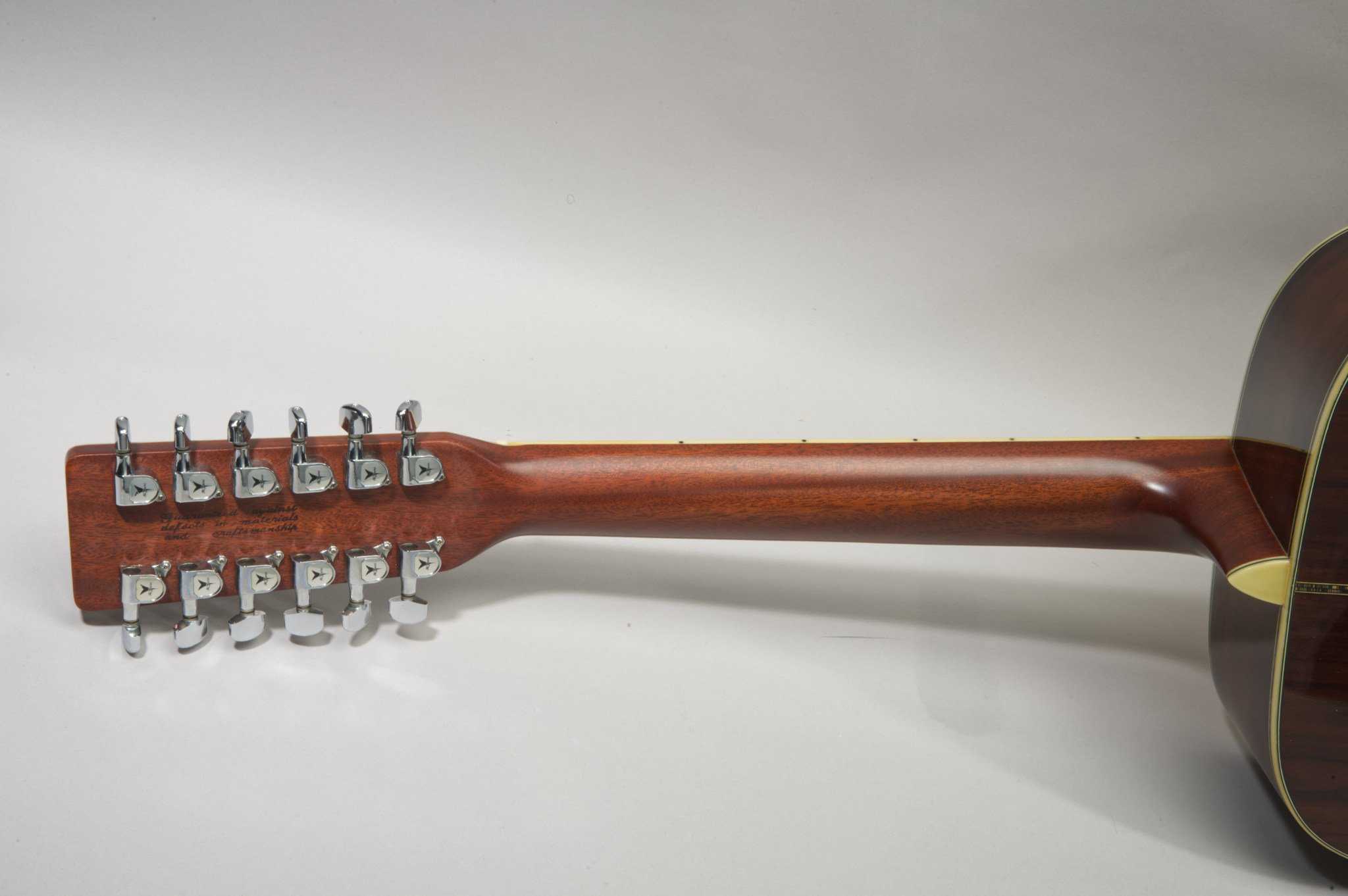Yairi 1984 YW600 12 String Vintage Natural
Yairi 1984 YW600 12 String Vintage Natural
Kazuo Yairi 1984. YW600 12 String in Vintage Natural Finish
2 Piece Spruce Top with Abalone Binding.
Rosewood Sides & Back.
Mahogany Neck and Ebony Fretboard with Abalone Inlays.
Headstock Overlay with Rosewood and K. Yairi Logo Inlay.
Binding on Neck & Headstock.
#31957.
Kazuo Yairi, born April 27, 1932, died March 5, 2014 has died aged 81.
Kazuo was a Japanese classical guitar luthier whose fixation with acoustic sound drove him to make beautiful, resonant guitars favoured by musical such greats as Sir Paul McCartney and Carlos Santana.
In an era when many guitar manufacturers employ computers, lasers, and robotics in a race to produce more guitars faster, Yairi’s genius was to rely solely on the use of hands and hand-tools . “Good guitars are made of good wood, by good craftsmen” was the simple philosophy behind the creation of his Alvarez-Yairi acoustic guitars in the Spanish style. Musicians like McCartney agreed, preferring Yairi’s guitars for renditions of Blackbird and a specially designed K Yairi (as the guitars are also known) tuned down two notches for performing Yesterday.
Drawing on centuries of traditional craftsmanship, Yairi believed that the most laborious methods of wood selection, preparation and manual carving – or “listening with your hands”, as he put it – were central to creating the ideal sound. Musicians also praised his skill in developing innovative features, such as the K Yairi “Direct Coupled Bridge” (or DCB), which gave his instruments their responsive feel. Distinctive mahogany dovetail neck joints added to the warm, thrumming heart of his guitars , while an open-pore finish on the back and sides of his instruments allowed the wood to breathe and the sound to flow.
But mostly it was his tireless attention to beauty, and to the materials, that made Yairi’s abalone-pitted, mocha-toned rosewood instruments stand out. “A well-experienced luthier selects the best material and processes them one by one, regardless of the time needed for each painstaking step,” he said. “Thinking of efficiency will hinder the production of genuine guitars.” By focusing solely on the acoustic guitar and its sound, Yairi hoped to achieve perfection with every instrument. For this reason he refused to make electric guitars, though many beseeched him to do so.
With the help of a small team of manufacturers, Yairi became a leading ambassador for his craft. He was awarded a Yellow Ribbon Medal of Honour by the Japanese Emperor in 2006. Production took place in the sylvan Japanese mountains near Nagoya, the same region in which he had learnt his trade at the knee of his luthier father, Gi’ichi Yairi.
Kazuo Yairi was born on April 27 1932, and his early interest in the acoustic arts were sharpened by frequent visits to the family home in the 1950s by Masao Sasaki, one of Japan’s foremost classical guitar players. At 18, Kazuo started his own workshop devoted exclusively to building classical guitars. He was later joined by his three younger brothers, who still work with 20 others at the rural Yairi factory in the village of Kani, making Renaissance lutes, vihuelas, classical and dreadnought steel string guitars .
As industrialisation swept the country, Yairi became more focused than ever on a return to the aesthetic principles that make Japanese arts and crafts so desirable. Just as his forefathers had laboured over scraps of ivory to create netsuke, he realised that Japanese industry could still offer the world something that embodied those same qualities of meticulous craftsmanship and attention to detail.
A partnership with the American distributors and manufacturers St Louis Music in the 1960s gave rise to the first Alvarez Yairi acoustic guitar.
After a period in the United States to study making the steel string acoustic guitar, he formed the Yairi Guitar Factory and began exporting handmade acoustic and classical guitars .
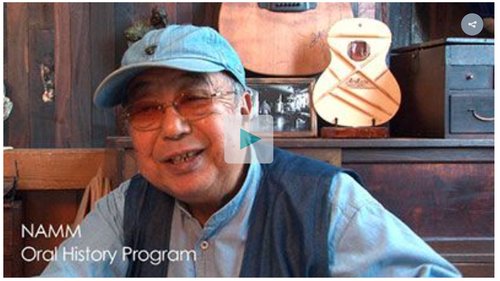
Kazuo Yairi.
